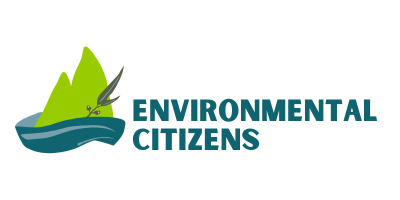Improvement

Segregation of Incompatible Chemicals
If incompatible chemicals are allowed to mix, unplanned chemical reactions can result in fumes, smoke, fires and/or explosions. For this reason, Australian laws and standards specify segregation requirements for incompatible chemicals.
The requirements for segregation depend on the class of chemicals and the quantity stored.

Waterway Contamination
Storm water drains carry rainwater from the built environment to local waterways. Any chemical that is allowed to run into a storm water drain will contaminate the waterway and local environment.
Large chemical drums and tanks should be stored within spill containment systems to prevent escape to the environment if the drum or tank leaks. Spill containment prevents a chemical spill escaping into storm water drains.

Land Contamination
Large chemical drums and tanks should be stored within spill containment systems to prevent escape to the immediate environment. Spill containment systems should:
- encompass the full perimeter of the chemical storage location
- be water-tight
Some facilities install spill containment barriers only at the door exits. If spill containment barriers are not installed around the full perimeter, a spill may leak between wall and floor and pollute the immediate environment.
“Coving” between walls and floors of chemical storage areas creates a seamless spill containment barrier.

Safety of Emergency Services
Under workplace health and safety laws in each state and territory of Australia, chemical facilities are required to install signage at the entry to their premises. At a minimum the signage must indicate the category of chemicals stored at the facility.
If emergency services attend the facility to respond to an incident, the signage alerts the responders to the types of chemicals stored on site.
If chemicals are stored in large quantities (as listed in the workplace health and safety laws), there is also a requirement to install an emergency services information box (red box) with a manifest listing the categories and quantities of chemicals stored at the facility.

Fire
Storage of chemicals represents a significant risk to emergency services personnel in the case of fire. The fumes associated with a chemical fire can cause harm to responders and members of the public.
Chemical storage facilities should be particularly aware of minimising the risk of fire. Large quantities of combustible materials should not be stored close to chemical storage areas.
There is no Australian law that requires that large quantities of combustible materials should not be stored close to chemical storage areas. This recommendation is based on industry experience.

Independent Audit
The International Organisation for Standards (ISO) develops standards for the storage of dangerous goods, safety and environmental protection.
Organisations that are independently certified to ISO standards undergo an independent annual audit to maintain their certification. The independent auditor assesses the facility on an annual basis to confirm compliance to Australian Standards and workplace safety regulations.
Without ISO certification, it is possible there has been no independent audit to confirm that Australian laws or standards are being followed.

Workplace Safety
Australian safety laws and standards specify that certain equipment and protocols are followed to provide a safe environment. These include:
- Safety showers in the vicinity of chemical handling
- Ease of access between chemicals storage areas
- Eye wash facilities

Organisation Identification
Chemical facilities are a risk to the public and the environment.
The chemical industry was recently under the spotlight following the discovery of illegal, anonymous, toxic waste dumps. The facilities needed to be cleaned up by government regulators after they were abandoned. See: ABC News
Some chemical facilities fly under the radar without any obvious identification. If a facility is not identified, it is difficult for members of the public to confirm that the operation is legitimate or to voice their concerns to the operators/authorities.
Chemical facilities should identify their organisation so that members of the public can contact the organisation/authorities, if they have concerns.
There is no Australian law or Australian Standard that requires chemical facilities to identify their owner or operator. Our recommendations is that owners and operators should act as a good corporate citizens.
